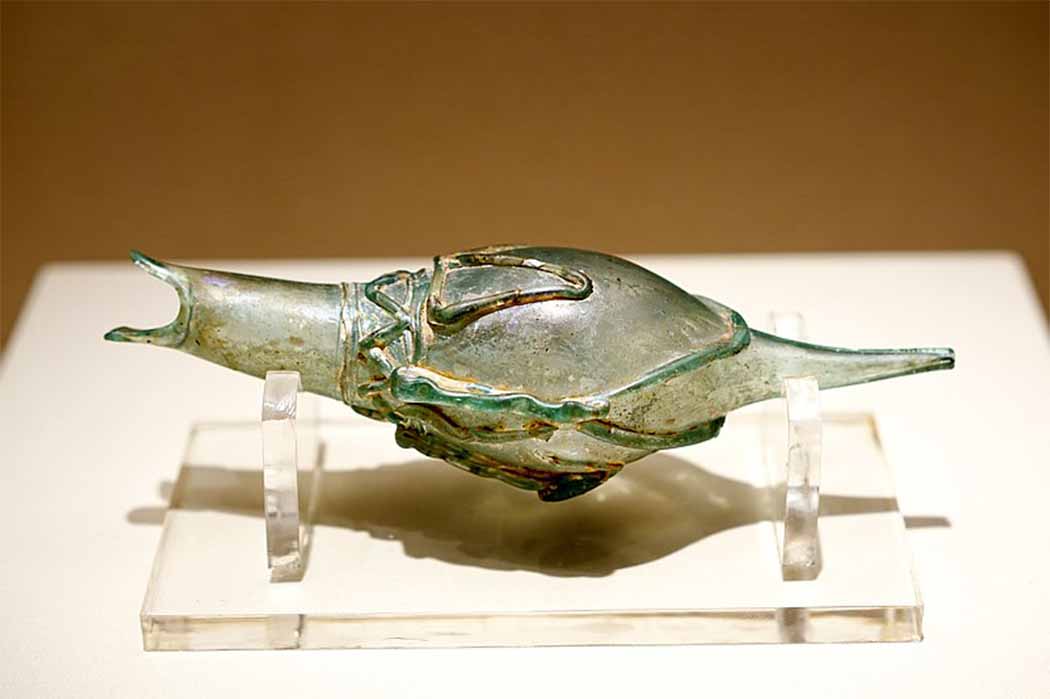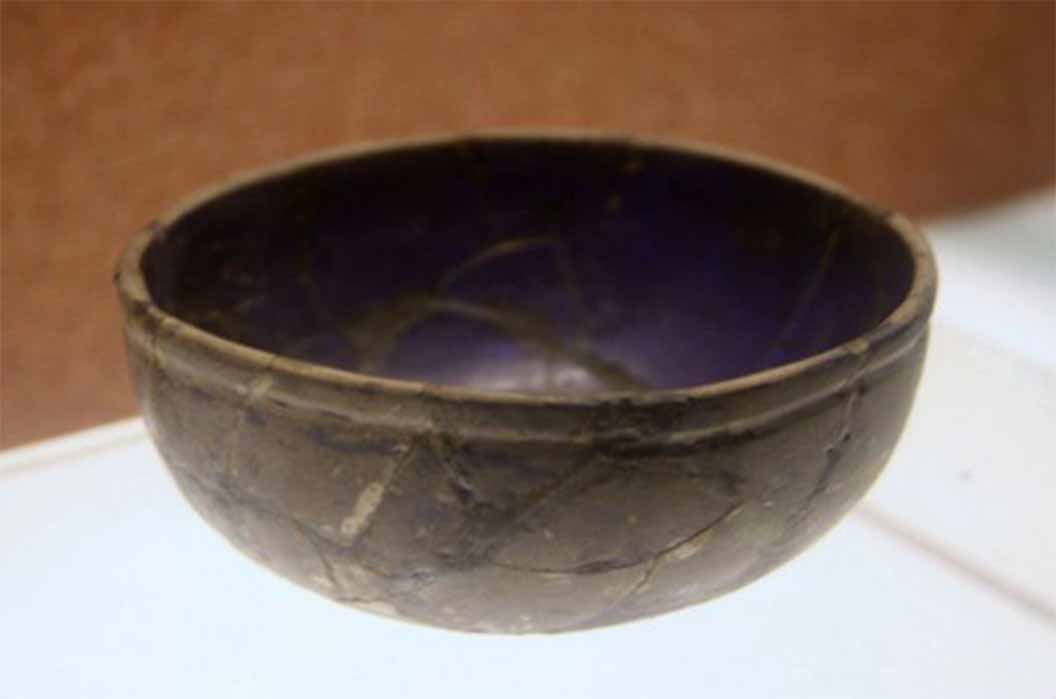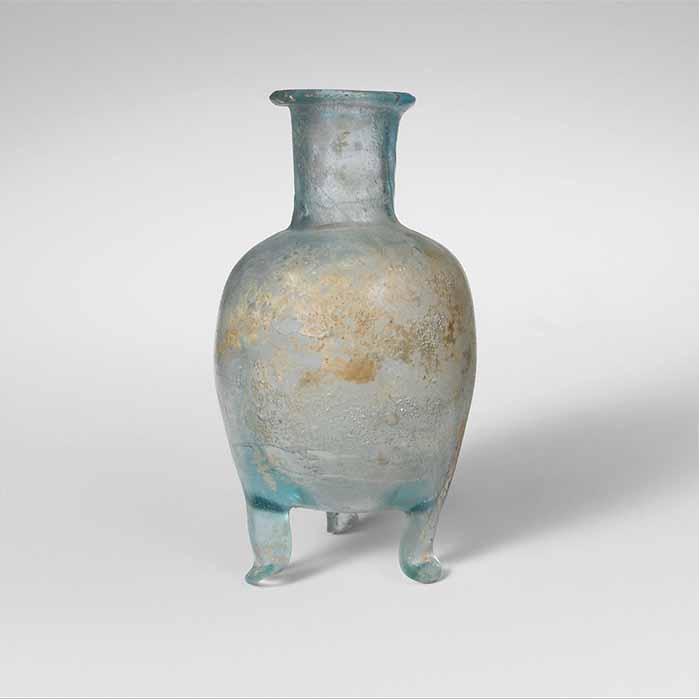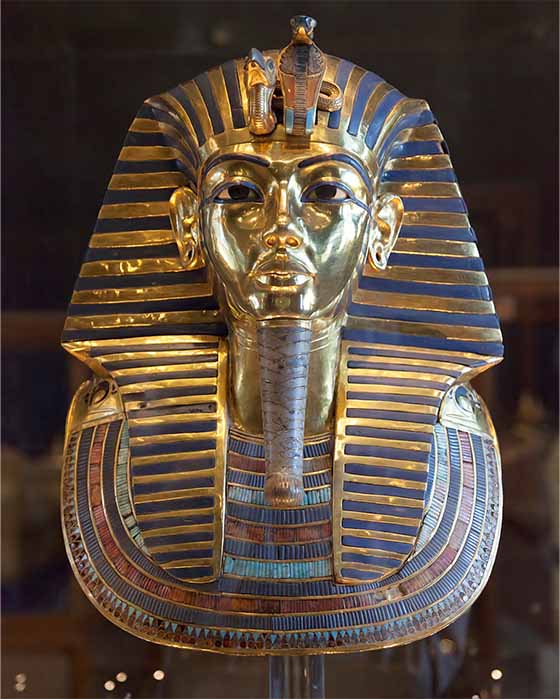
Ancient Legacy And Future Applications Of Glass
Today, glass is a mundane material mostly used in construction but in history it was among the treasures of kings and their royal dynasties. The history of glass-making dates back to at least 3,600 years ago in Mesopotamia (Iraq), however, some archaeologists claim that the Mesopotamians were copying glass objects from Egypt, while others say the first glass-makers lived in coastal north Syria. In ancient days, glass was made from crushed sand quartz and a range of differing chemistries were developed to bring in color, and in the earliest times people were restricted to making glass beads, figurines and crude bottles since they could not blow spherical forms.

A Western Han (202 BC – 9 AD) blue-glass bowl; the Chinese had been making glass beads based on imports from West Asia since the Spring and Autumn period (722–481 BC) (Public Domain)
In China, glass crafts emerged during the Warring States period (475–221 BC), and in both the ancient east and west glass was a luxury item that was used for jewelry and expensive tableware. This transparent, malleable and rigid substance was deemed deeply sacred as it was an amalgam of rock, water and air. Glass beads crafted in ancient Mesopotamia have been discovered in Egypt dating back to about 2500 BC and glass vessels first appeared around 1450 BC during the reign of Tuthmosis III (1490–1436 BC), the sixth of the 18th Dynasty pharaohs of Egypt.

Roman glass bottle with three feet (mid-first century AD) Metropolitan Museum of Art (Public Domain)
It was in the Late Bronze Age (1600 to 1200 BC) that the use of glass exploded in Egypt, Mycenaean Greece and Mesopotamia (Syria and Iraq). In life, the pharaohs of ancient Egypt surrounded themselves with luxury imported objects, and many more were buried with them to assist their journeys in the afterlife. This becomes evident in the discovery of King Tutankhamen’s tomb which was discovered by archaeologist Howard Carter in 1925 in the Valley of the Kings, the treasures from which are now housed in the Egyptian Museum in Cairo. In the paper ‘The Glass Headrests of Tutankhamen’ written by scholars Katja Broschat and Thilo Rehren and published in the Journal of Glass Studies, Tutankhamen’s funerary mask is described as featuring blue and gold glass inlays that framed the king’s face.

The death mask Tutankhamun is one of the best-known works of art in the world and a prominent symbol of ancient Egypt, but so often the blazing gold often shadows the fine glass inlays (Roland Unger/ CC BY-SA 3.0)
The Making Of Egyptian Blue Glass
In a 2021-Smithsonian Magazine article titled A Brief Scientific History of Glass, Caroline Wilke refers to Andrew Shortland an archaeological scientist at Cranfield University in Shrivenham, England who noted in the Bronze Age ‘blue, purple, turquoise, yellow, red and white glass sat slightly beneath silver and gold and would have been valued as much as precious stones were’. Professor Marc Walton of Northwestern University in Evanston, Illinois, coauthor of a 2021-article a published in the Annual Review of Materials Research writes that scientists ‘can now start to parse the raw materials that went into the production of the glass and then suggest where in the world it came from which opens a window onto the lives of Bronze Age artisans, traders and kings’.




